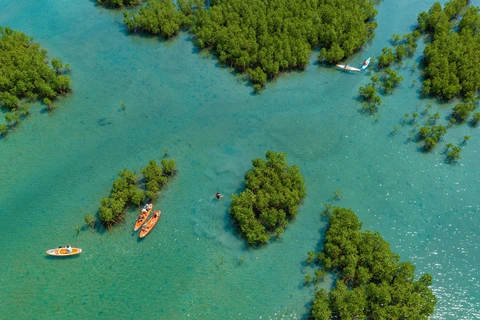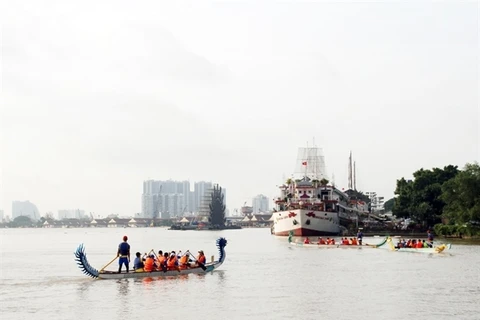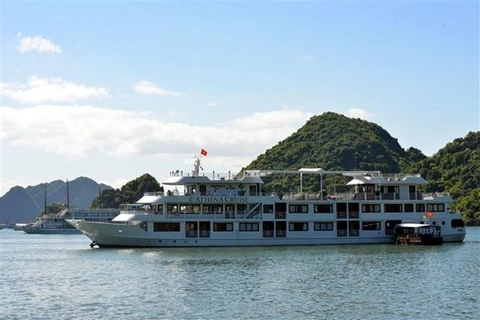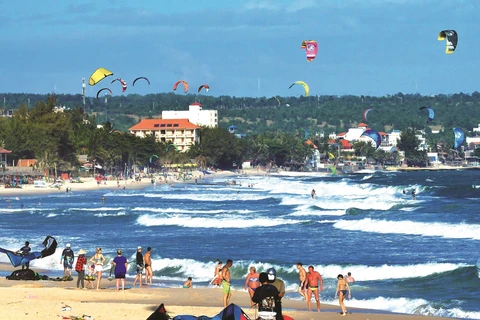Vietnam has fully reopened for tourism since mid-March 2022 with high hopes that the industry would pioneer and lead the country’s economic recovery after being devastated by the COVID-19 pandemic.
However, a report by the Tourism Advisory Board tells a contradictory story. Vietnam’s tourism sector has failed to fulfill its target of attracting five million foreign tourists, falling behind many neighbors despite taking off before them.
Vietnam makes headlines in tourism charts
At the end of 2022, Vietnam's tourism destinations and brands were named in the top 16 award categories of the 2022 World Travel Awards, with the country accredited as World’s Leading Heritage Destination for the third time since 2019.
Popular Vietnamese locations also won a series of prestigious titles, with the capital city Hanoi and Phu Quoc island in the Mekong Delta province of Kien Giang being named World's Leading City Break Destination and World's Leading Nature Island Destination, respectively.
Also, the New York-based travel magazine Travel+Leisure calls a visit to Vietnam one of the world's 21 life-changing trips. CNN meanwhile lists the UNESCO heritage site Ha Long Bay among the 25 most gorgeous destinations on Earth, beside Samburu (Kenya), Rotorua (New Zealand) and Kata Tjuta (Australia).
Yet to attract actual tourist numbers
With only 3.66 million tourist arrivals, Vietnam failed to meet its target of five million in 2022. Meanwhile, other Southeast Asian neighbors made an impressive comeback. Thailand reached its target of 10 million tourist arrivals only short after its reopening. Singapore, despite its strict COVID-19 policy, attracted 6.3 million travelers after easing its immigration policy. Malaysia, meanwhile, attracted 7.2 million foreign tourist arrivals.
Why does Vietnam’s tourism suffer?
One oft-cited reason is visa procedures. In Thailand case, the country’s success in drawing foreign tourists is largely attributed to its easy immigration procedure. Specifically, the country has exempted visa for 64 countries with a length of stay from 30 to 45 days, or even 90 days to certain cases. Better still, Malaysia and Singapore even provide visa exemption for 162 countries; the Philippines 157 countries. Meanwhile, only 24 countries have their visa exempted by Vietnam and the length of stay is only 15 days. With such a short time, some tourists find it not even appealing enough to pack their backpacks.
Meanwhile, at the time of reopening, the authorities were not proactive in promoting tourism but left the PR campaign to individual firms and airlines.
A lack of high-end tourism products and a quality workforce also hinder the development of the tourism industry.
However, the situation is expected to be improved as authorities have been considering granting e-visa to all countries and territories and increase their length of stay to 30 days.
With such policy, the government expects to welcome 8 million foreign tourists and 102 million domestic travelers with a 30% increase in revenue (still lower than the 2019 level)./.





























